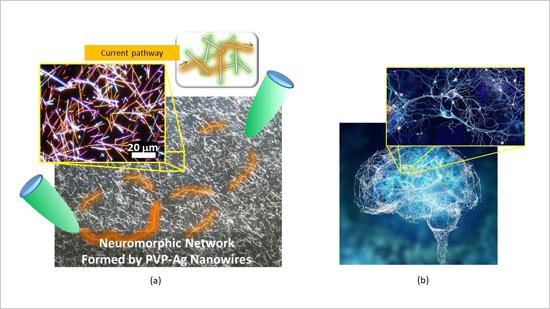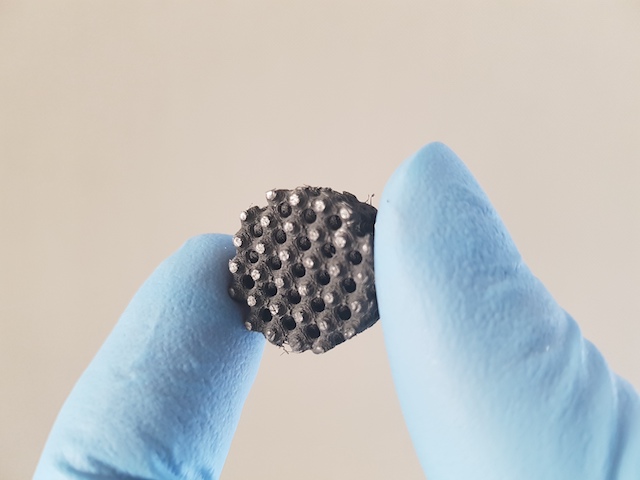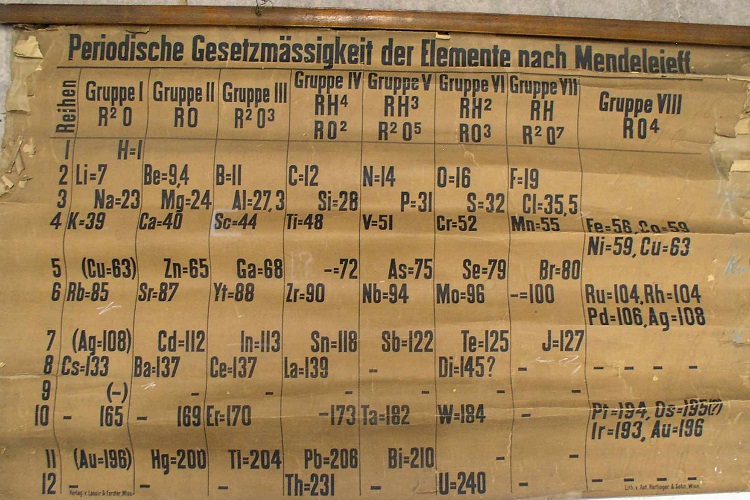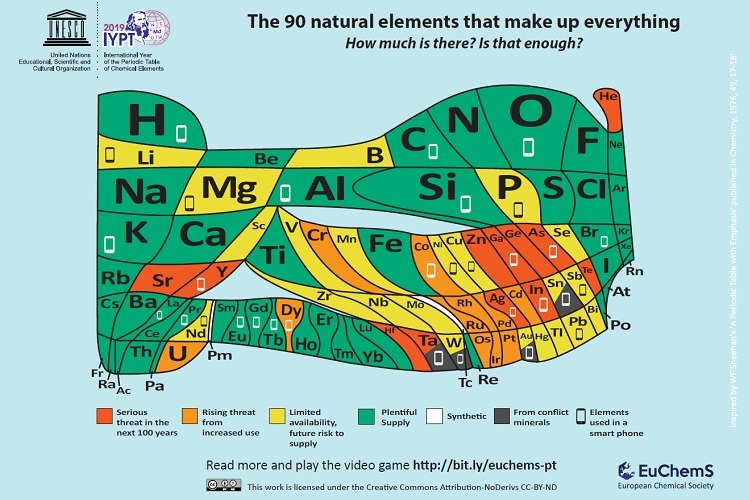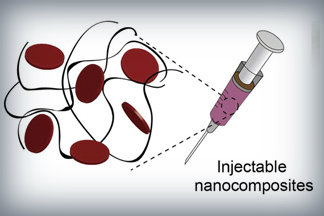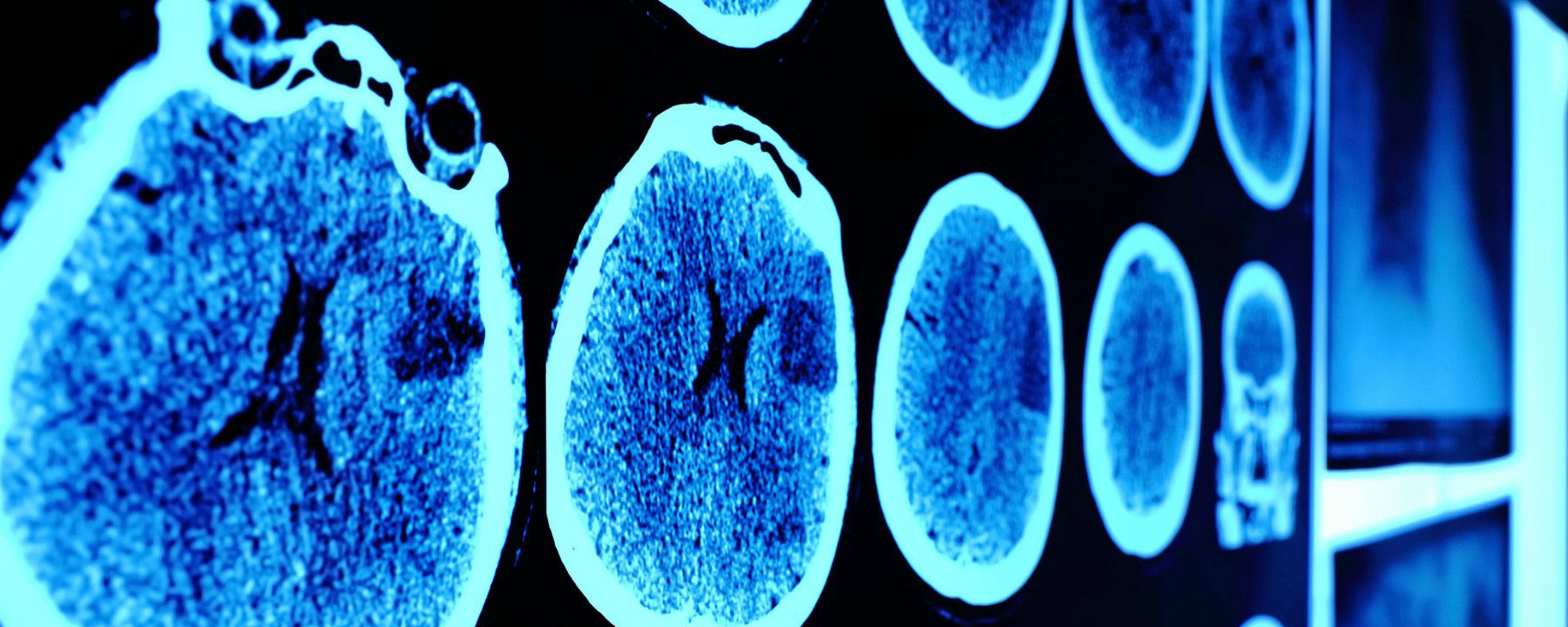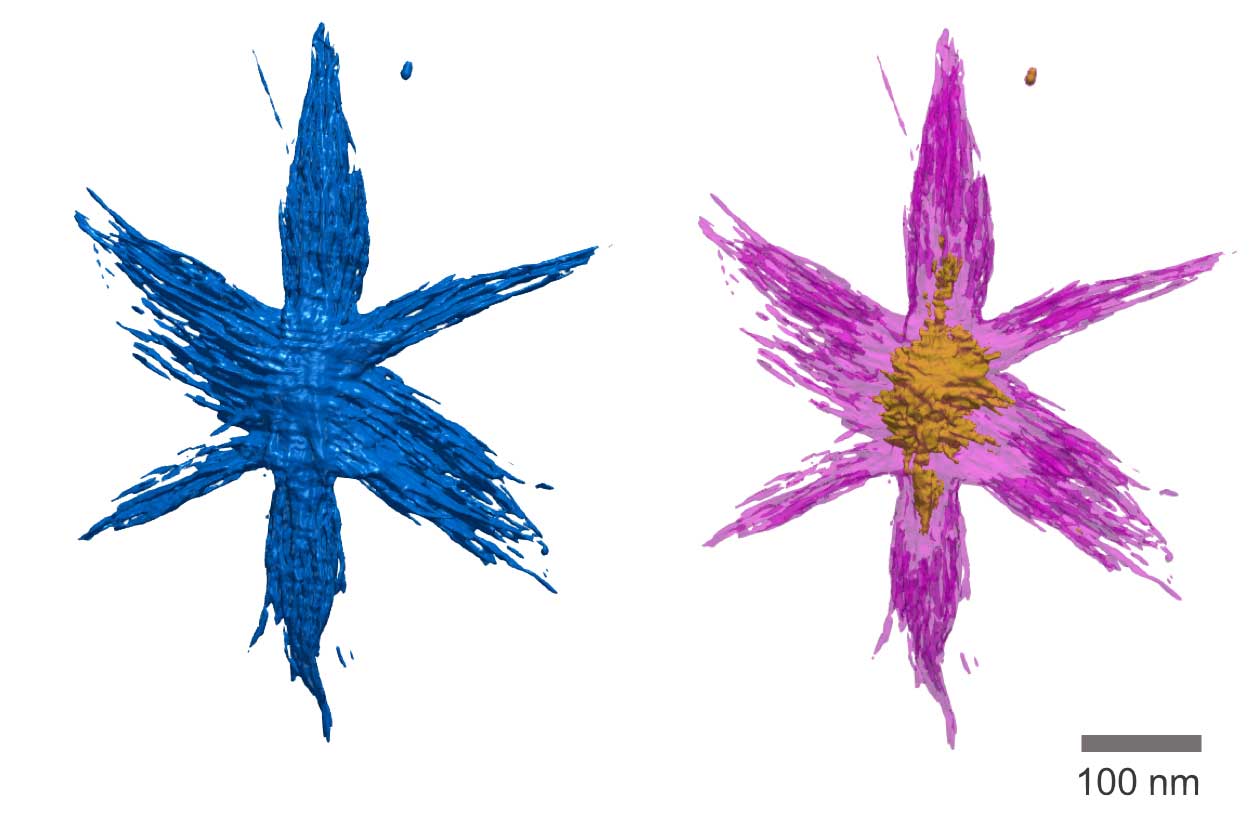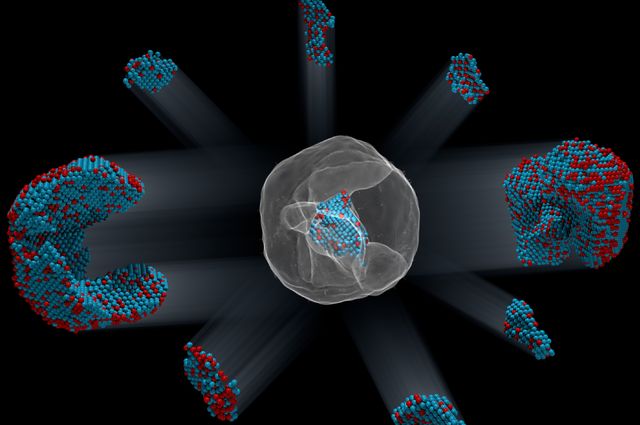You can find Part 1 of the latest installment in this sad story here.
Who says Carlo Montemagno is a star nanotechnology researcher?
Unusually and despite his eminent stature, Dr. Montemagno does not rate a Wikipedia entry. Luckily, his CV (curriculum vitae) is online (placed there by SIU) so we can get to know a bit more (the CV is a 63 pp. document) about the man’s accomplishments (Note: There are some formatting differences), Note: Unusually, I will put my comments into the excerpted CV using [] i.e., square brackets to signify my input,
Carlo Montemagno, PhD
University of Alberta
Department of Chemical and Materials Engineering
and
NRC/CNRC National Institute for Nanotechnology
Edmonton, AB T6G 2V4
Canada
Educational Background
1995, Ph.D., Department of Civil Engineering and Geological Sciences, College of Earth and Mineral Sciences University of Notre Dame
1990, M.S., Petroleum and Natural Gas Engineering, College of Earth and Mineral Sciences, Pennsylvania State University
1980, B.S., Agricultural and Biological Engineering, College of Engineering, Cornell University
Supplemental Education
1986, Practical Environmental Law, Federal Publications, Washington, DC
1985, Effective Executive Training Program, Wharton Business School, University of Pennsylvannia, Philadelphia, PA
1980, Civil Engineer Corp Officer Project, CECOS & General Management School, Port Hueneme, CA
[He doesn’t seem to have taken any courses in the last 30 years.]
Professional Experience
(Select Achievements)
Over three decades of experience in shepherding complex organizations both inside and outside academia. Working as a builder, I have led organizations in government, industry and higher education during periods of change and challenge to achieved goals that many perceived to be unattainable.
University of Alberta, Edmonton AB 9/12 to present
9/12 to present, Founding Director, Ingenuity Lab [largely defunct as of April 18, 2018], Province of Alberta
8/13 to present, Director Biomaterials Program, NRC/CNRC National Institute for Nanotechnology [It’s not clear if this position still exists.]
10/13 to present, Canada Research Chair, Government of Canada in Intelligent Nanosystems [Canadian universities receive up to $200,000 for an individual Canada research chair. The money can be used to fund the chair in its entirety or it can be added to other monies., e.g., faculty salary. There are two tiers, one for established researchers and one for new researchers. Montemagno would have been a Tier 1 Canada Research Chair. At McGill University {a major Canadian educational institution} for example, total compensation including salary, academic stipend, benefits, X-coded research funds would be a maximum of $200,000 at Montemagno’s Tier 1 level. See: here scroll down about 90% of the way).
3/13 to present, AITF iCORE Strategic Chair, Province of Alberta in BioNanotechnology and Biomimetic Systems [I cannot find this position in the current list of the University of Alberta Faculty of Science’s research chairs.]
9/12 to present, Professor, Faculty of Engineering, Chemical and Materials Engineering
Crafted and currently lead an Institute that bridges multiple organizations named Ingenuity Lab (www.ingenuitylab.ca). This Institute is a truly integrated multidisciplinary organization comprised of dedicated researchers from STEM, medicine, and the social sciences. Ingenuity Lab leverages Alberta’s strengths in medicine, engineering, science and, agriculture that are present in multiple academic enterprises across the province to solve grand challenges in the areas of energy, environment, and health and rapidly translate the solutions to the economy.
The exciting and relevant feature of Ingenuity Lab is that support comes from resources outside the normal academic funding streams. Core funding of approximately $8.6M/yr emerged by working and communicating a compelling vision directly with the Provincial Executive and Legislative branches of government. [In the material I’ve read, the money for the research was part of how Dr. Montemagno was wooed by the University of Alberta. My understanding is that he himself did not obtain the funding, which in CAD was $100M over 10 years. Perhaps the university was able to attract the funding based on Dr. Montemagno’s reputation and it was contingent on his acceptance?] I significantly augmented these base resources by developing Federal Government, and Industry partnership agreements with a suite of multinational corporations and SME’s across varied industry sectors.
Collectively, this effort is generating enhanced resource streams that support innovative academic programming, builds new research infrastructure, and enables high risk/high reward research. Just as important, it established new pathways to interact meaningfully with local and global communities.
Strategic Leadership
•Created the Ingenuity Lab organization including a governing board representing multiple academic institutions, government and industry sectors.
•Developed and executed a strategic plan to achieve near and long-term strategic objectives.
•Recruited~100 researchers representing a wide range disciplnes.[sic] [How hard can it be to attract researchers in this job climate?]
•Built out ~36,000 S.F. of laboratory and administrative space.
•Crafted operational policy and procedures.
•Developed and implemented a unique stakeholder inclusive management strategy focused on the rapid translation of solutions to the economy.
Innovation and Economic Engagement
•Member of the Expert Panel on innovation, commissioned by the Government of Alberta, to assess opportunities, challenges and design and implementation options for Alberta’s multi-billion dollar investment to drive long-term economic growth and diversification. The developed strategy is currently being implemented. [Details?]
•Served as a representive [sic] on multiple Canadian national trade missions to Asia, United States and the Middle East. [Sounds like he got to enjoy some nice trips.]
•Instituted formal development partnerships with several multi-national corporations including Johnson & Johnson, Cenovus and Sabuto Inc. [Details?]
•Launched multiple for-profit joint ventures founded on technologies collaboratively developed with industry with funding from both private and public sources. [Details?]
Branding
•Developed and implement a communication program focused on branding of Ingenuity Lab’s unique mission, both regionally and globally, to the lay public, academia, government, and industry. [Why didn’t the communication specialist do this? ]
This effort employs traditional paper, online, and social media outlets to effectively reach different demographics.
•Awarded “Best Nanotechnology Research Organization–2014” by The New Economy. [What is the New Economy? The Economist, yes. New Economy, no.]
Global Development
•Executed formal research and education partnerships with the Yonsei Institute of Convergence Technology and the Yonsei Bio-IT MicroFab Center in Korea, Mahatma Gandhi University in India. and the Italian Institute of Technology. [{1}The Yonsei Institute of Convergence Technology doesn’t have any news items prior to 2015 or after 2016. The Ingenuity Lab and/or Carlo Montemagno did not feature in them. {2} There are six Mahatma Ghandi Universities in India. {3} The Italian Institute of Technology does not have any news listings on the English language version of its site.]
•Opened Ingenuity Lab, India in May 2015. Focused on translating 21st-century technology to enable solutions appropriate for developing nations in the Energy, Agriculture, and Health economic sectors. [Found this May 9, 2016 notice on the Asia Pacific Foundation of Canada website, noting this: “… opening of the Ingenuity Lab Research Hub at Mahatma Gandhi University in Kottayam, in the Indian state of Kerala.” There’s also this May 6, 2016 news release. I can’t find anything on the Mahatma Ghandi University Kerala website.]
•Established partnership research and development agreements with SME’s in both Israel and India.
•Developed active research collaborations with medical and educational institutions in Nepal, Qatar, India, Israel, India and the United States.
Community Outreach
•Created Young Innovators research experience program to educate, support and nurture tyro undergraduate researchers and entrepreneurs.
•Developed an educational game, “Scopey’s Nano Adventure” for iOS and Android platforms to educate 6yr to 10yr olds about Nanotechnology. [What did the children learn? Was this really part of the mandate?]
•Delivered educational science programs to the lay public at multiple, high profile events. [Which events? The ones on the trade junkets?]
University of Cincinnati, Cincinnati OH 7/06 to 8/12
7/10 to 8/12 Founding Dean, College of Engineering and Applied Science
7/09 to 6/10 Dean, College of Applied Science
7/06 to 6/10 Dean, College of Engineering
7/06 to 8/12 Geier Professor of College of Engineering Engineering Education
7/06 to 8/12, Professor of Bioengineering, College of Engineering & College of Medicine
…
University of California, Los Angeles 7/01 to 6/06
5/03 to 6/06, Associate Director California Nanosystems Institute
7/02 to 6/06, Co-Director NASA Center for Cell Mimetic Space Exploration
7/02 to 6/06, Founding Department Chair, Department of Bioengineering
7/02 to 6/06, Chair Biomedical Engineering IDP
7/01 to 6/02, Chair of Academic Biomedical Engineering IDP Affairs
7/01 to 6/06, Carol and Roy College of Engineering and Applied Doumani Professor of Sciences Biomedical Engineering
7/01 to 6/06, Professor Mechanical and Aerospace Engineering
…
Recommending Montemagno
Presumably the folks at Southern Illinois University asked for recommendations from Montemagno’s previous employers. So, how did he get a recommendation from the folks in Alberta when according to Spoerre’s April 10, 2018 article the Ingenuity Lab was undergoing a review as of June 2017 by the province of Alberta’s Alberta Innovates programme? I find it hard to believe that the folks at the University of Alberta were unaware of the review.
When you’re trying to get rid of someone, it’s pretty much standard practice that once they’ve gotten the message, you give a good recommendation to their prospective employer. The question begs to be asked, how many times have employers done this for Montemagno?
Stars in their eyes
Every one exaggerates a bit on their résumé or CV. One of my difficulties with this whole affair lies in how Montemagno can be described as a ‘nanotechnology star’. The accomplishments foregrounded on Montemagno’s CV are administrative and if memory serves, the University of Cincinnati too. Given the situation with the Ingenuity Lab, I’m wondering about these accomplishments.
Was due diligence performed by SIU, the University of the Alberta, or anywhere else that Montemagno worked? I realize that you’re not likely to get much information from calling up the universities where he worked previously, especially if there was a problem and they wanted to get rid of him. Still, did someone check out his degrees, his start-ups, dig a little deeper into some of his claims?
His credentials and stated accomplishments are quite impressive and I, too, would have been dazzled. (He also lists positions at the Argonne National Laboratory and at Cornell University.) I’ve picked at some bits but one thing that stands out to me is the move from UCLA to the University of Cincinnati. It’s all big names: UCLA, Cornell, NASA, Argonne and then, not: University of Cincinnati, University of Alberta, Southern Illinois University—what happened?
(If anyone better versed in the world of academe and career has answers, please do add them to the comments.)
It’s tempting to think the Peter Principle (one of them) was at work here. In brief, this principle states that as you keep getting better jobs on based on past performance you reach a point where you can’t manage the new challenges having risen to your level of incompetence.In accepting the offer from the University of Alberta had Dr. Montemagno risen to his level of incompetence? Or, perhaps it was just one big failure. Unfortunately, any excuses don’t hold up under the weight of a series of misjudgments and ethical failures. Still, I’m guessing that Dr. Montemagno was hoping for a big win on a project such as this (from an Oct. 19, 2016 news release on MarketWired),
Ingenuity Lab Carbon Solutions announced today that it has been named as one of the 27 teams advancing in the $20M NRG COSIA Carbon XPRIZE. The competition sees scientists develop technologies to convert carbon dioxide emissions into products with high net value.
The Ingenuity Lab Carbon Solutions team – headquartered in Edmonton of Alberta, Canada – has made it to the second round of competition. Its team of 14 has proposed to convert CO2 waste emitted from a natural gas power plant into usable chemical products.
Ingenuity Lab Carbon Solutions is comprised of a multidisciplinary group of scientists and engineers, and was formed in the winter of 2012 to develop new approaches for the chemical industry. Ingenuity Lab Carbon Solutions is sponsored by CCEMC, and has also partnered with Ensovi for access to intellectual property and know how.
I can’t identify CCEMC with any certainty but Ensovi is one of Montemagno’s six start-up companies, as listed in his CV,
Founder and Chief Technical Officer, Ensovi, LLC., Focused on the production of low-cost bioenergy and high-value added products from sunlight using bionanotechnology, Total Funding; ~$10M, November 2010-present.
Sadly the April 9,2018 NRG COSIA Carbon XPRIZE news release announcing the finalists in round 3 of the competition includes an Alberta track of five teams from which the Ingenuity Lab is notably absent.
The Montemagno affair seems to be a story of hubris, greed, and good intentions. Finally, the issues associated with Dr. Montemagno give rise to another, broader question.
Is something rotten in Canada’s higher education establishment?
Starting with the University of Alberta:
it would seem pretty obvious that if you’re hiring family member(s) as part of the deal to secure a new member of faculty that you place and follow very stringent rules. No rewriting of the job descriptions, no direct role in hiring or supervising, no extra benefits, no inflated salaries in other words, no special treatment for your family as they know at the University of Alberta since they have policies for this very situation.
Yes, universities do hire spouses (although a daughter, a nephew, and a son-in-law seems truly excessive) and even when the university follows all of the rules, there’s resentment from staff (I know because I worked in a university). There is a caveat to the rule, there’s resentment unless that spouse is a ‘star’ in his or her own right or an exceptionally pleasant person. It’s also very helpful if the spouse is both.
I have to say I loved Fraser Forbes that crazy University of Alberta engineer who thought he’d make things better by telling us that the family’s salaries had been paid out of federal and provincial funds rather than university funds. (sigh) Forbes was the new dean of engineering at the time of his interview in the CBC’s April 10, 2018 online article but that no longer seems to be the case as of April 19, 2018.
Given Montemagno’s misjudgments, it seems cruel that Forbes was removed after one foolish interview. But, perhaps he didn’t want the job after all. Regardless, those people who were afraid to speak out about Dr. Montemagno cannot feel reassured by Forbes’ apparent removal.
Money, money, money
Anyone who has visited a university in Canada (and presumably the US too) has to have noticed the number of ‘sponsored’ buildings and rooms. The hunger for money seems insatiable and any sensible person knows it’s unsupportable over the long term.
The scramble for students
Mel Broitman in a Sept. 22, 2016 article for Higher Education lays out some harsh truths,
Make no mistake. It is a stunning condemnation and a “wakeup call to higher education worldwide”. The recent UNESCO report states that academic institutions are rife with corruption and turning a blind eye to malpractice right under their noses. When UNESCO, a United Nations organization created after the chaos of World War II to focus on moral and intellectual solidarity, makes such an alarming allegation, it’s sobering and not to be dismissed.
So although Canadians typically think of their society and themselves as among the more honest and transparent found anywhere, how many Canadian institutions are engaging in activities that border on dishonest and are not entirely transparent around the world?
It is overwhelmingly evident that in the last two decades we have witnessed first-hand a remarkable and callous disregard for academic ethics and standards in a scramble by Canadian universities and colleges to sign up foreign students, who represent tens of millions of dollars to their bottom lines.
We have been in a school auditorium in China and listened to the school owner tell prospective parents that the Grade 12 marks from the Canadian provincial school board program can be manipulated to secure admission for their children into Canadian universities. This, while the Canadian teachers sat oblivious to the presentation in Chinese.
In hundreds of our own interaction with students who completed the Canadian provincial school board’s curriculum in China and who achieved grades of 70% and higher in their English class have been unable to achieve even a basic level of English literacy in the written tests we have administered. But when the largest country of origin for incoming international students and revenue is China – the Canadian universities admitting these students salivate over the dollars and focus less on due diligence.
We were once asked by a university on Canada’s west coast to review 200 applications from Saudi Arabia, in order to identify the two or three Saudi students who were actually eligible for conditional admission to that university’s undergraduate engineering program. But the proposal was scuttled by the university’s ESL department that wanted all 200 to enroll in its language courses. It insisted on and managed conditional admissions for all 200. It’s common at Canadian universities for the ESL program “tail” to wag the campus “dog” when it comes to admissions. In fact, recent Canadian government regulations have been proposed to crack down on this practice as it is an affront to academic integrity.
…
If you have time, do read the rest as it’s eye-opening. As for the report Broitman cites, I was not able to find it. Broitman gives a link to the report in response to one of the later comments and there’s a link in Tony Bates’s July 31, 2016 posting but you will get a “too bad, so sad” message should you follow either link.The closed I can get to it is this Advisory Statement for Effective International Practice; Combatting Corruption and Enhancing Integrity: A Contemporary Challenge for the Quality and Credibility of Higher Education (PDF). The ‘note’ was jointly published by the (US) Council for Higher Education (CHEA) and UNESCO.
What about the professors?
As they scramble for students, the universities appear to be cutting their ‘teaching costs’, from an April 18, 2018 article by Charles Menzies (professor of anthropology and an elected member of the UBC [University of British Columbia] Board) for THE UBYSSEY (UBC) student newspaper,
For the first time ever at UBC the contributions of student tuition fees exceeded provincial government contributions to UBC’s core budget. This startling fact was the backdrop to a strenuous grilling of UBC’s VP Finance and Provost Peter Smailes by governors at the Friday the 13 meeting of UBC’s Board of Governors’ standing committee for finance.
Given the fact students contribute more to UBC’s budget than the provincial government, governors asked why more wasn’t being done to enhance the student experience. By way of explanation the provost reiterated UBC’s commitment to the student experience. In a back-and-forth with a governor the provost outlined a range of programs that focus on enhancing the student experience. At several points the chair of the Board would intervene and press the provost for more explanations and elaboration. For his part the provost responded in a measured and deliberate tone outlining the programs in play, conceding more could be done, and affirming the importance of students in the overall process.
As a faculty member listening to this, I wondered about the background discourse undergirding the discussion. How is focussing on a student’s experience at UBC related to our core mission: education and research? What is actually being meant by experience? Why is no one questioning the inadequacy of the government’s core contribution? What about our contingent colleagues? Our part-time precarious colleagues pick up a great deal of the teaching responsibilities across our campuses. Is there not something we can do to improve their working conditions? Remember, faculty working conditions are student learning conditions. From my perspective all these questions received short shrift.
I did take the opportunity to ask the provost, given how financially sound our university is, why more funds couldn’t be directed toward improving the living and working conditions of contingent faculty. However, this was never elaborated upon after the fact.
…
There is much about the university as a total institution that seems driven to cultivate experiences. A lot of Board discussion circles around ideas of reputation and brand. Who pays and how much they pay (be they governments, donors, or students) is also a big deal. Cultivating a good experience for students is central to many of these discussions.
What is this experience that everyone is talking about? I hear about classroom experience, residence experience, and student experience writ large. Very little of it seems to be specifically tied to learning (unless it’s about more engaging, entertaining, learning with technology). While I’m sure some Board colleagues will disagree with this conclusion, it does seem to me that the experience being touted is really the experience of a customer seeking fulfilment through the purchase of a service. What is seen as important is not what is learned, but the grade; not the productive struggle of learning but the validation of self in a great experience as a member of an imagined community. A good student experience very likely leads to a productive alumni relationship — one where the alumni feels good about giving money.
…
Inside UBC’s Board of Governors
Should anyone be under illusions as to what goes on at the highest levels of university governance, there is the telling description from Professor Jennifer Berdahl about her experience on a ‘search committee for a new university president’ of the shameful treatment of previous president, Arvind Gupta (from Berdahl’s April 25, 2018 posting on her eponymous blog),
If Prof. Chaudhry’s [Canada Research Chair and Professor Ayesha Chaudhry’s resignation was announced in an April 25, 2018 UBYSSEY article by Alex Nguyen and Zak Vescera] experience was anything like mine on the UBC Presidential Search Committee, she quickly realized how alienating it is to be one of only three faculty members on a 21-person corporate-controlled Board. It was likely even worse for Chaudhry as a woman of color. Combining this with the Board’s shenanigans that are designed to manipulate information and process to achieve desired decisions and minimize academic voices, a sense of helpless futility can set in. [emphasis mine]
These shenanigans include [emphasis mine] strategic seating arrangements, sudden breaks during meetings when conversation veers from the desired direction, hand-written notes from the secretary to speaking members, hundreds of pages of documents sent the night before a meeting, private tête-à-têtes arranged between a powerful board member and a junior or more vulnerable one, portals for community input vetted before sharing, and planning op-eds to promote preferred perspectives. These are a few of many tricks employed to sideline unpopular voices, mostly academic ones.
It’s impossible to believe that UBC’s BoG is the site for these shenanigans take place. The question I have is how many BoGs and how much damage are they inflicting?
Finally getting back to my point, simultaneous with cutting back on teaching and other associated costs and manipulative, childish behaviour at BoG meetings, large amounts of money are being spent to attract ‘stars’ such as Dr. Montemagno. The idea is to attract students (and their money) to the institution where they can network with the ‘stars’. What the student actually learns does not seem to be the primary interest.
So, what kind of deals are the universities making with the ‘stars’?
The Montemagno affair provides a few hints but, in the end,I don’t know and I don’t think anyone outside the ‘sacred circle’ does either. UBC, for example,is quite secretive and, seemingly, quite liberal in its use of nondisclosure agreements (NDA). There was the scandal a few years ago when president Arvind Gupta abruptly resigned after one year in his position. As far as I know, no one has ever gotten to the bottom of this mystery although there certainly seems to have been a fair degree skullduggery involved.
After a previous president, Martha Cook Piper took over the reigns in an interim arrangement, Dr. Santa J. Ono (his Wikipedia entry) was hired. Interestingly, he was previously at the University of Cincinnati, one of Montemagno’s previous employers. That university’s apparent eagerness to treat Montemagno’s extras seems to have led to the University of Alberta’s excesses. So, what deal did UBC make with Dr. Ono? I’m pretty sure both he and the university are covered by an NDA but there is this about his tenure as president at the University of Cincinnati (from a June 14, 2016 article by Jack Hauen for THE UBYSSEY),
… in exchange for UC not raising undergraduate tuition, he didn’t accept a salary increase or bonus for two years. And once those two years were up, he kept going: his $200,000 bonus in 2015 went to “14 different organizations and scholarships, including a campus LGBTQ centre, a local science and technology-focused high school and a program for first-generation college students,” according to the Vancouver Sun.
In 2013 he toured around the States promoting UC with a hashtag of his own creation — #HottestCollegeInAmerica — while answering anything and everything asked of him during fireside chats.
He describes himself as a “servant leader,” which is a follower of a philosophy of leadership focused primarily on “the growth and well-being of people and the communities to which they belong.”
“I see my job as working on behalf of the entire UBC community. I am working to serve you, and not vice-versa,” he said in his announcement speech this morning.
Thank goodness it’s possible to end this piece on a more or less upbeat note. Ono seems to be what my father would have called ‘a decent human being’. It’s nice to be able to include a ‘happyish’ note.
Plea
There is huge money at stake where these ‘mega’ science and technology projects are concerned. The Ingenuity Lab was $100M investment to be paid out over 10 years and some basic questions don’t seem to have been asked. How does this person manage money? Leaving aside any issues with an individual’s ethics and moral compass, scientists don’t usually take any courses in business and yet they are expected to manage huge budgets. Had Montemagno handled a large budget or any budget? It’s certainly not foregrounded (and I’d like to see dollar amounts) in his CV.
As well, the Ingenuity Lab was funded as a 10 year project. Had Montemagno ever stayed in one job for 10 years? Not according to his CV. His longest stint was approximately eight years when he was in the US Navy in the 1980s. Otherwise, it was five to six years, including the Ingenuity Lab stint.
Meanwhile, our universities don’t appear to be applying the rules and protocols we have in place to ensure fairness. This unseemly rush for money seems to have infected how Canadian universities attract (local, interprovincial, and, especially, international) students to pay for their education. The infection also seems to have spread into the ways ‘star’ researchers and faculty members are recruited to Canadian universities while the bulk of the teaching staff are ‘starved’ under one pretext or another while a BoG may or may not be indulging in shenanigans designed to drive decision-making to a preordained outcome. And, for the most part, this is occurring under terms of secrecy that our intelligence agencies must envy.
In the end, I can’t be the only person wondering how all this affects our science.
